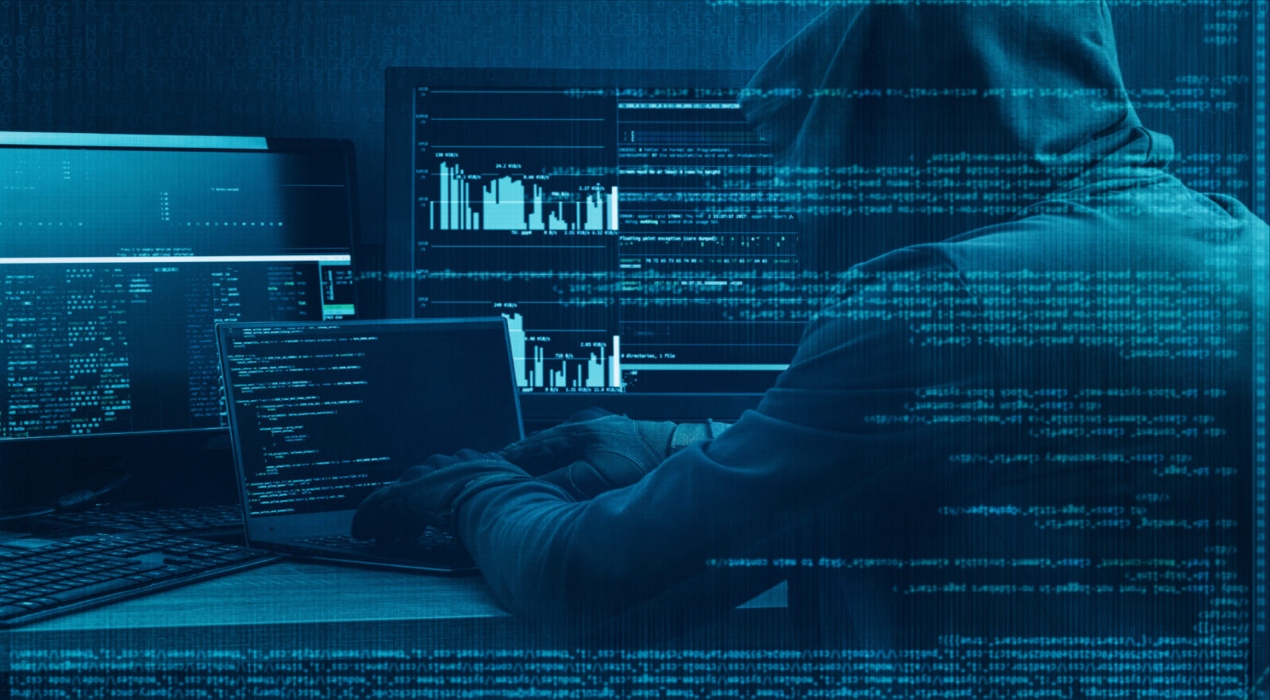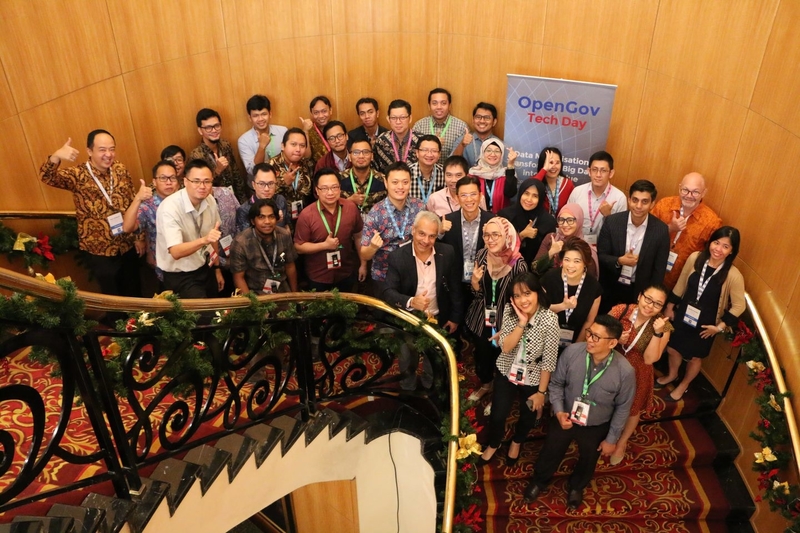
Data is being recognised as a key asset for driving economies and nations. Many organisations carry a wealth of data but the data is not utilised to reap in the economic benefits. The lack of relevant skills and awareness are some factors that hinder organisations from understanding their data and monetising it to create value.
Creating awareness on this was the agenda of OpenGov’s Tech Day: Data Monetisation- Transforming Big Data into Big Value, held on November 13, at the Marriott Hotel, Jakarta, Indonesia.
Delegates from the financial services industry (FSI) attended and shared informative discussions and insights on the ways in which big data can be transformed to produce big value.
Allocate and Utilise Data with the Right Tools
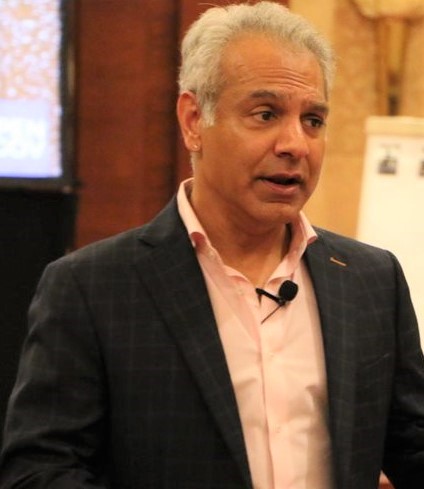
Data is everywhere and growing at an exponential rate. Every day, new data is being produced and adding on to the existing wealth, almost as if creating an iceberg out of it.
But no matter how much data there is, it will be wasted if it is not being effectively used.
Mohit Sagar, Managing Director and Editor-in-Chief at OpenGov Asia stressed the importance of organisations to check if they are staying afloat with their data or sinking in it.
Duct-tape approach is a common practice among organisations, where multiple platforms are used for one task and these platforms are not necessarily working cohesively. Basically, they are working in silos.
This is why data-centric structures are key. Organisations should revolve themselves around these structures and work with their data at hand to optimise their business processes and produce rewarding outcomes.
But of course, data is wealth, not just in monetary terms but also in the valuable knowledge that it carries. There should be data-sharing across organisations to strengthen this knowledge and empower one another with the skills and technologies which will optimise processes.
Data should be allocated and utilised using the right tools, ensuring that it is used in a smart way. When organisations start to recognise the benefits that data brings to them, they will be able to stay ahead of the competition and monetise it, transforming their data into big value.
Data-Driven to Data-Centric
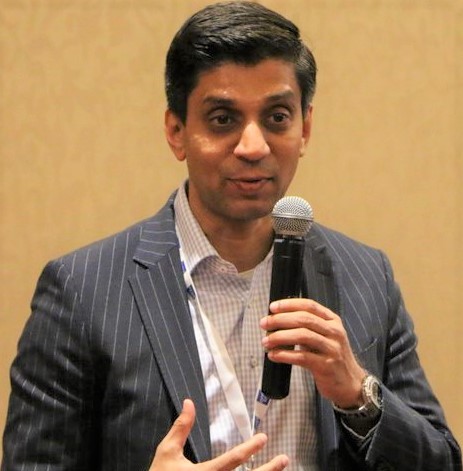
Digital transformation is a big trend that is occurring across various industries and economies. Digital transformation is a key factor looked at in the journey going forward.
Data analytics is one of the technologies used for understanding and utilising the data at hand. The use of Artificial Intelligence (AI) will follow right after. AI can be enabled when there is a clean and proper data analytics platform.
Sunil Chavan, Vice President, FlashBlade sales at Pure Storage, Asia Pacific and Japan said that creating such a platform for monetising data and for conducting data analytics using AI technology is another key trend in the industry.
Data analytics forms the crux of the digital transformation efforts across the following sectors- investing and wealth management, retail banking, and insurance. Having a robust predictive analytics engine for handling customer data and enabling a more predictive nature of claims for insurance processes are some of the AI-based activities which are being focused upon.
Sunil added that in his organization, a data-centric approach is being adopted. Having one copy of data that is presented to different applications. This is another key trend, moving away from data-driven to data-centric.
Shedding light on what a data-centric infrastructure consists of, all data should be consolidated to be presented and analysed on various applications. It also looks at how on-prem data is brought to the public cloud and of how real-time sharing of data is enabled.
Where are Organisations at in their Digital Transformation Journey?
It is well understood that data is essential to businesses to create value out of it. But the common challenge faced to it is getting real-time insights to data and the analysis of it.
With that being one of the major obstacles, data-analytics is placed with importance as a key project to be embarked upon in the next 12 months. Having a shortage of skilled personnel who understand both business and IT requirements is a challenge that organisations embarking on data analytics and AI projects have to overcome.
Open-Source and commercial off-the-shelf software are some of the highly used development tools of organisations in their digital transformation journey.
The hybrid cloud infrastructure is deemed as the technology which will fit into an organisation’s next-generation infrastructure. There is growing awareness and realisation of how the hybrid cloud model is a catalyst for digital transformation.
But having said that, factors such as data privacy and security make organisations inclined to still choose to adopt private cloud on-premises, compared to the hybrid cloud, as part of their overall cloud adoption strategy.
Forming a Data-Centric Framework
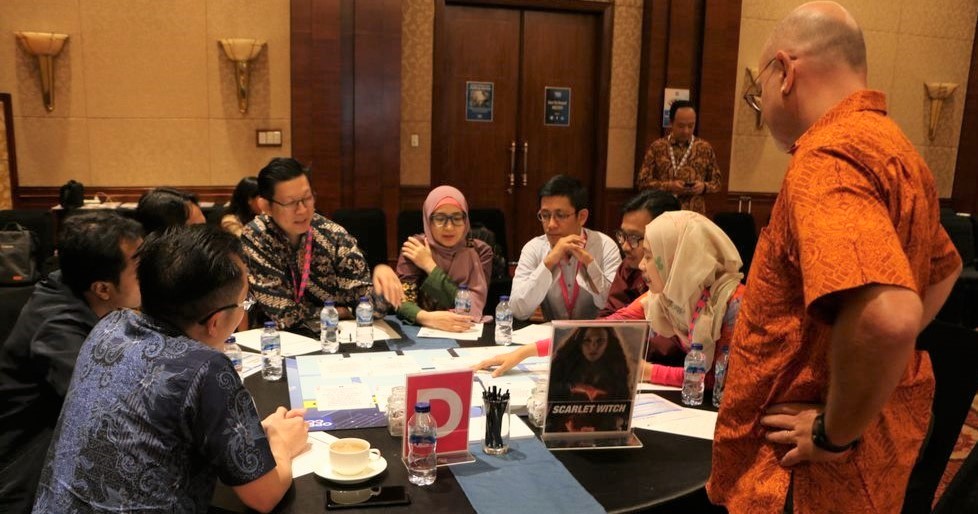
All new risk management applications are looking at decoupling and scaling storage and computing separately as it allows for lowered costs and increased performance. Technology companies are putting a lot of focus on this.
Security is a big factor in data hub strategies and data-centric architectures. Providing better security compliance and risk management solutions are factors which organisations place high importance on.
Organisations deem it important to first identify the problems at hand. They believe that the complexity of the current overall architecture should be investigated first before deciding on what are the steps next to be taken. They will be better to be able decisions such as the type of infrastructure that will be needed.
AI models are the next phase of transformation that organisations have their eyes set on and data hub strategies will be providing the step forward towards it.
Creating a Data Hub
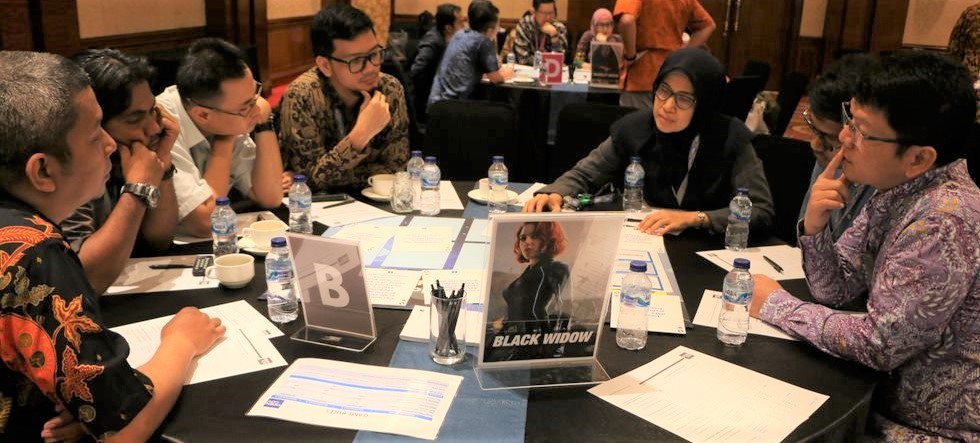
There is a difference between deciding to be a data-centric hub or a data-driven data hub- moving data between systems.
A data-centric architecture allows for data to be reutilised with different applications only if data can be moved around the environment. Processes will also be simpler and there will be easier access to information.
If businesses are having to facilitate data movement across different business processes, this will slow down the ability to provide business value.
There is often the debate of should data be stored on-prem or the public cloud? The common approach is for all customer data to be stored be on-prem while non-customer related data to be stored on the public cloud.
The best way to combine and perform both functions would be to use a hybrid cloud strategy.
A hybrid cloud model is not to be confused with that of a multi-cloud.
In multi-cloud strategies, data cannot be shared easily. Data has to be moved in and out of the platform which will create more costs. Delivering information across systems will be each easier if they on the same platform, hence the hybrid cloud approach.
Building a Scalable AI-Ready Infrastructure

Data training cannot be done using legacy infrastructure. Training data revolves around analysing the data. Typically, GPUs are used for this. The AI solutions that are produced are mostly based on GPUs.
Attempting to do AI training on a CPU-based infrastructure, a lot of CPU immersions will be required which will reduce efficiency.
Some organisations are still using a conventional model- a proof-of-concept (POC) model.
Running a small amount of data on a POC model would not necessarily provide the most optimal results. High costs will be brought about with this.
Using a scalable platform such as a cloud platform is not optimal for running all AI infrastructure. Large amounts of data will need to be constantly moved in and out of the platform which will be cost-inefficient.
There are ways to go about using the right type of technology for training data in the most efficient way. Businesses can also reduce their carbon footprint with these effective processes.
Utilise Data with the Right Technologies and Methods
Looking ahead in the transformation journey, it all comes down to how data is being utilised and of the technologies that are used. Businesses should adopt the mindset of adopting ways that will allow them to use their data in the most cost-efficient way while optimising their business processes and creating big value out of it.







